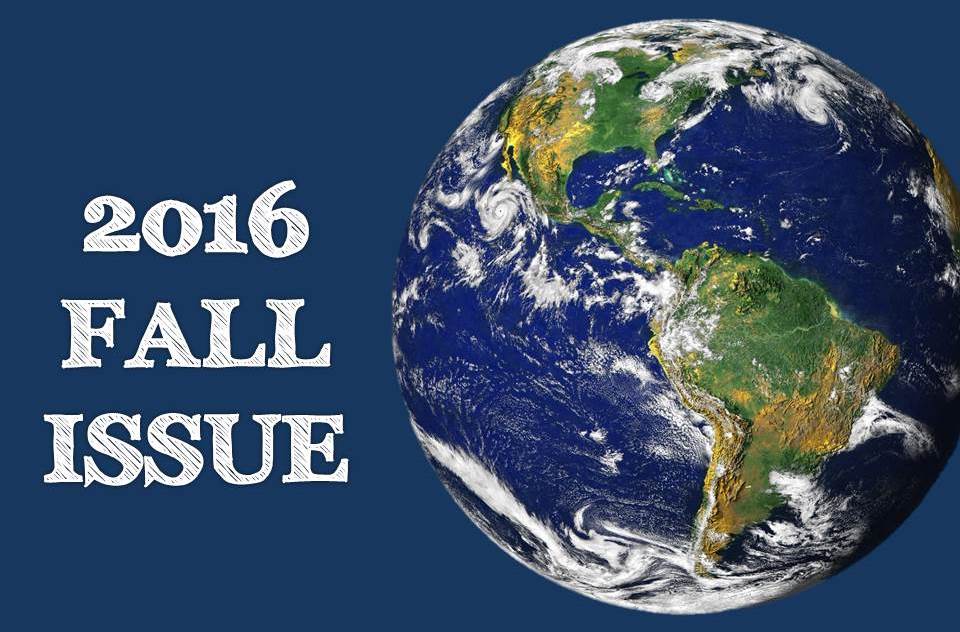Digitalizing Disease Surveillance: The Global Safety Net?
Clare Wenham
In recent years, outbreaks of infectious disease have been framed by academics, governments and the World Health Organization (WHO) as a security threat.1 Accordingly, accurate global disease surveillance (and crucially international sharing of this information) has been seen as pivotal to mitigating risks posed by the spread of disease.2 Prior to 2005, outbreaks of infectious diseases were reported at the international level to the WHO solely through its member states. However, failings of this arrangement toward the end of 1990s led to a re-evaluation of surveillance and reporting mechanisms at the global level with SARS as a catalyst to the implementation of subsequent revisions to the International Health Regulations (2005) (IHR). These revisions not only dictated an all-risk approach to infectious disease control,3 but also called for a broadening of accepted sources for global disease surveillance. One notable inclusion has been that of digital disease surveillance actors to the disease control landscape. Online digital organizations such as ProMED-Mail and HealthMap now use real time web-crawling and even contributions from individual posts on social media sites to scan for rumors of infectious disease outbreaks. These actors have proven they are able to source and mine data relating to outbreaks earlier than traditional state surveillance infrastructure such as HealthMap’s detection of swine flu in 2009 and ProMED-Mail’s discovery of the MERS – Coronavirus in 2012.4 Any data ascertained is published freely and available online to all. As such, the global public health community has started to use such digital surveillance as part of their epidemiological intelligence gathering activities to get unprecedented and timely information about potential outbreaks occurring in order to spur rapid response to disease threats.
This paper first analyzes the shifting trend in surveillance behavior brought about by the IHR (2005) as well as a global reprioritization of the importance of effective surveillance and reporting since governments have understood the security threat posed by infectious disease. Following on, it examines the role that digital disease surveillance plays in the surveillance landscape and how it obtains data from beyond the traditional sources. This paper shall analyze what normative changes in state behavior in disease surveillance and sovereignty have occurred and have been internalized in order to allow for these digital disease surveillance actors to be incorporated into the global disease surveillance landscape. It shall do this through consideration of the emergent norm of reporting diseases promptly to the WHO. Secondly, it shall assess the shifting understanding of what sovereignty entails, to include an implicit understanding of responsibility to further investigate why states are happy to welcome these non-states actors into disease surveillance infrastructure at domestic and the global level. Finally, this paper shall conclude that whilst states have had to reconstitute their understanding of sovereignty to include these digital actors, this is an increasingly normal practice. Instead of these digital actors challenging notions of sovereignty, they have merely allowed for a redefinition of what sovereignty entails.

